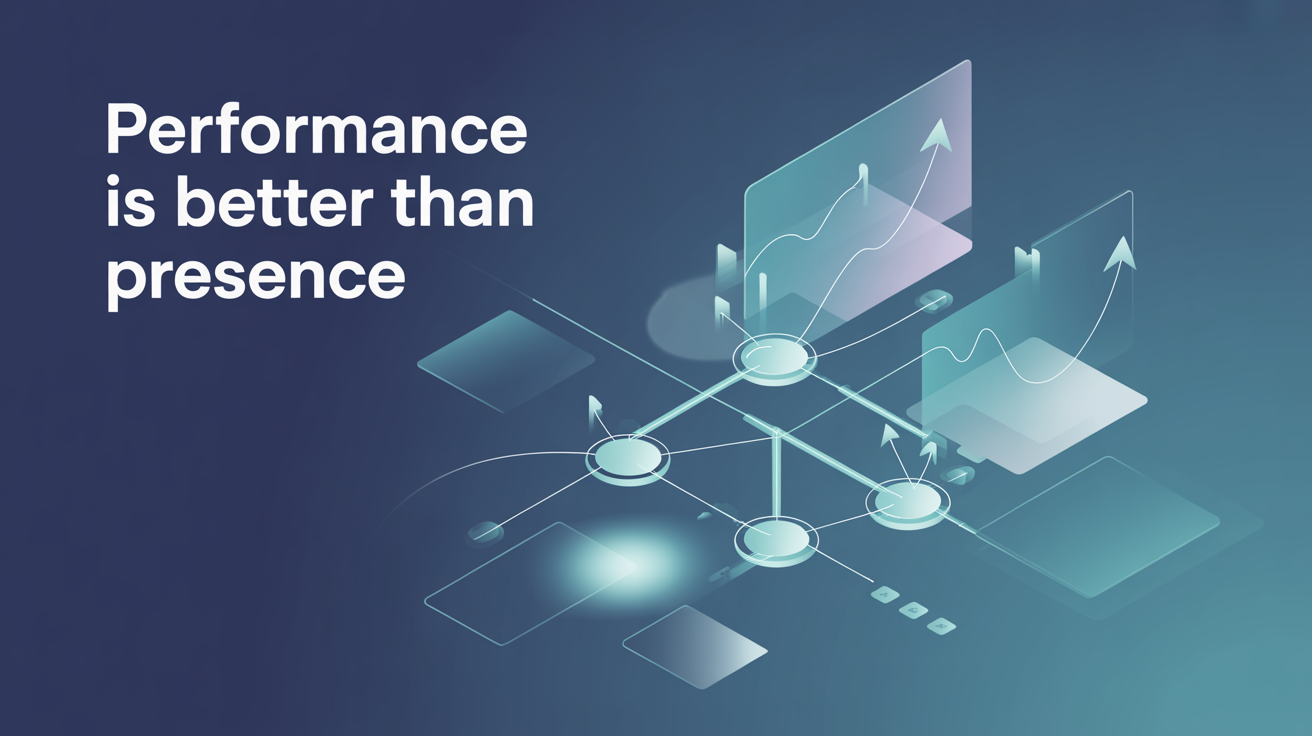Performance ≠ Presence: The Monitoring View that Rewards Real Work, not Constant Availability

Key Takeaways
-
Modern systems track completion rate and work done rather than just presence.
-
Proper performance tracking tools offer various integrations to get the full picture.
-
Transparency and context-driven tracking turn data into insights.
The urge and pressure to be present all the time is common for every employee. But being present and being productive are not the same thing.
Presence can’t be the sole productivity metric, and that’s why employees get dejected when they are not rewarded properly.
In this blog, we’ll explore every concern about presence-backed monitoring and why output-based tracking is superior!
The Main Issue with Presence-Based Monitoring
Old-school monitoring systems rely heavily on physical or virtual presence:
Track real work, not just screen time
Why Everyone is Pushing for Output Intelligence
Output tracking systems translate real work signals into performance insights. It provides a foundational framework that acknowledges real impact, rather than focusing on how busy an employee is.

Core Dimensions of Output Monitoring
- Quality of Deliverables
- Error rates, iterations, client/peer feedback
- Rework volume and revision cycles
- Velocity & Consistency
- Trends in throughput (tasks per sprint)
- Predictable delivery
- Collaborative Impact
- Shared projects analysis
- Influence on cross-team goals
- Documentation, knowledge sharing, peer support
See task completion rates in real-time now
The New-Age Monitoring is Output-Driven
While the old monitoring system focused on presence, the new and more accurate tracking measures output & performance.
This view essentially integrates across various systems, like:
- Work management tools (e.g., Jira, Trello)
- Version control & PR data for dev teams
- Communication metrics
- Customer/outcome signals
How Should You Approach Building an Impact-Focused Culture
There is no definitive guideline for building the perfect performance-driven monitoring culture.
However, let me guide you to the dos and don’ts of the approach:
What You Should Definitely Do
- Focus on tracking output/completed tasks per month.
- A transparent dashboard that shows team-level & personal-level analysis
- Mix quantitative + qualitative signals with peer reviews, feedback, or narrative context.
- Automated insights that can signal anomalies without manager micromanaging.
Get automated performance insights instantly
What You Should Not Do
- Don’t measure presence or activity with actual progress.
- Don’t micromanage via data. Instead, use insights to guide conversations.
- Don’t make visibility one-sided.
- Don’t measure for measurement’s sake. Every metric must tie back to real work.
Based on the dos and don’ts, here are what popular companies are now trying to implement:
- Microsoft: Microsoft’s Productivity Score originally offered individual-level data. After privacy concerns, Microsoft altered it to show only aggregate org-level metrics, removing individual tracking.
- Atlassian / Jira: In Jira’s recent “Deployments view,” metrics like deployment frequency and cycle time are surfaced to show how often teams ship value, and how long it takes to get from commit to production.
- Deloitte: In their “Human Performance” narrative, Deloitte argues that new data sources and AI allow firms to focus on employee potential, development, and performance, rather than productivity proxies like tool usage or login time.
So, there’s no denying that the old ways won’t give you an accurate picture anymore.
Build trust with transparent performance data
The Future of Monitoring is Outcome-Driven
Work is no longer about showing up - it's about delivering impact. When organizations adopt monitoring that highlights real work, employees align around goals, not hours.
The shift from presence to performance is more than a productivity hack - it’s a cultural evolution.
Implementing it thoughtfully can lead to trust, autonomy, and sustainable results.
Start measuring what truly matters—outcomes
